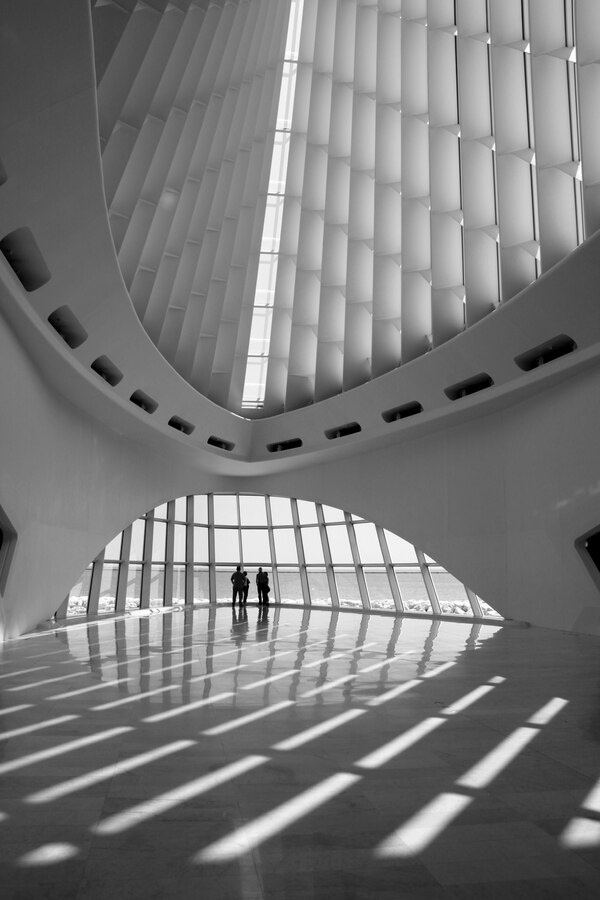Sustainable Architecture Practices in the Czech Republic
The Czech Republic, with its rich historical architecture, is increasingly embracing sustainable practices to address contemporary environmental challenges. The intertwining of tradition and innovation characterizes the nation’s approach to sustainable architecture, showcasing both its commitment to ecological balance and its respect for cultural heritage.
One of the core principles driving sustainable architecture in the Czech Republic is energy efficiency. The country is a leader in adopting passive house standards, which minimize energy usage through superior insulation, advanced window technology, and heat recovery systems. These buildings, often retrofitted from historic structures, offer a dual benefit: preserving cultural aesthetics while drastically reducing energy consumption.
Renewable energy integration is another hallmark of sustainable architecture practices in the Czech Republic. Solar panels, biomass boilers, and geothermal heating are becoming commonplace in both public and private projects. These technologies not only reduce dependency on fossil fuels but also promote energy self-sufficiency. An example is the Czech Technical University’s (ČVUT) projects, which emphasize sustainable building technologies and often serve as pilot schemes for broader implementation.

Moreover, Czech architects are increasingly focusing on sustainable materials. Timber, a traditional material with a low carbon footprint, is regaining popularity alongside new eco-friendly composites and recycled materials. This trend is evident in contemporary projects like the Modřany Wooden House, which harmonizes traditional wooden construction with modern design and sustainable technologies.
Green roofs and urban green spaces are integral components of new architectural projects in the Czech Republic. These not only provide habitat for urban biodiversity but also aid in reducing the heat island effect and improving urban air quality. In cities like Prague and Brno, new developments frequently incorporate vertical gardens and large public parks within the urban matrix, enhancing the quality of life for city dwellers.
Innovative water management practices also feature prominently in Czech sustainable architecture. Rainwater harvesting systems and efficient wastewater treatment solutions are increasingly incorporated into designs, reducing water consumption and minimizing environmental impact. Buildings like the City Green Court in Prague exemplify this practice, utilizing advanced systems to purify and recycle water on site.
The Czech government's supportive policies and funding for sustainable development further stimulate these architectural advancements. By providing incentives and fostering partnerships between the public and private sectors, the government encourages the proliferation of sustainable initiatives. Educational programs also play a crucial role, with universities offering specialized courses and degrees in sustainable architecture and environmental engineering.
Community engagement is also vital in the Czech approach to sustainable architecture. Projects often involve participatory planning processes, ensuring that developments meet the needs of local residents while promoting sustainable practices. This collaborative approach ensures resilience and adaptability to future environmental challenges.
In conclusion, sustainable architecture in the Czech Republic exemplifies a thoughtful balance between preserving the past and innovating for the future. By integrating energy-efficient technologies, renewable resources, sustainable materials, and community engagement, the country’s architectural practices are paving the way towards a greener and more resilient built environment. As global environmental concerns mount, the Czech Republic’s efforts provide a valuable blueprint for other nations striving for sustainability in the architectural realm.